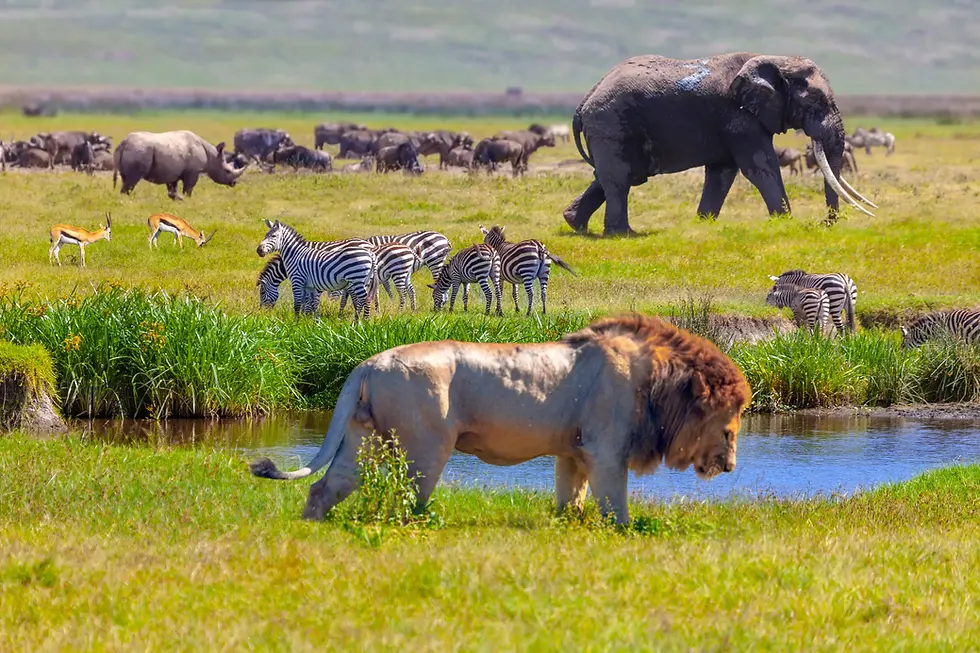Mismatched Socks and Fruits Getting Blocked
- Pooja Srikanth
- Jul 18, 2025
- 2 min read
Sometimes when I get ready in the morning, I have to worry about mismatched socks, my shirt being too bright for my bottoms, and my hairstyle not being up to par. And I know I’m not the only one. Because sometimes my dad will be jumping on one foot, screaming for help to find his other sock. At other times, my brother will be yelling at us that he can’t find his favorite shirt that matches his shorts perfectly. And I know that other families are the same way. But families aren’t the only people who have to go through this, too. Because nature deals with a whole lot worse.
Phenological Mismatch is the term that scientists created. Phenological, in simple terms, is when scientists study the recurrence of events. Like when pollination happens again, when this animal will hatch, etc. It’s all about patterns. You can think of it like socks.
For example, for volleyball, I always pick out my white long socks because they fit my shoes better. While for school, I pick out my white shirt socks because they fit my feet the best. And then for Christmas, I always wear my colorful Santa Claus ones. Notice the pattern? It’s all very similar to nature.
But what happens if all my long socks are in the laundry and I have to wear my Santa Claus ones to practice? What happens if I have to wear no socks to school? Then the pattern gets disrupted and ruined.
In nature, this occurs when climate change causes species to be “out of synch.” Flowers might bloom before pollinators arrive. Birds might migrate too early, before the food is ready. Or hibernating animals might wake up too early and disrupt their cycle.
This occurs because increasing temperatures cause more evenness in temperature all over the world. When this occurs, animals that usually thrive in colder temperatures now have to deal with warmer temperatures. Animals all react to warmer temperatures differently, and usually they would react to them at different times, making nature able to be nature. However, now there is a major disconnection in their seasonal timing. A prey might emerge earlier than a predator, or vice versa. Pollinators might arrive after the host has bloomed. Anything is a possibility. But its main disruptor: climate change.
This can break the natural food chain of life. And as humans, this can seriously affect our food intake. We might have fewer fruits, fewer seeds, and less of everything because of these increasingly important climate change problems.
But we can help! We can carpool, use less fossil fuels, and be smarter with how much we emit harmful gases into the atmosphere.
We can save our planet and ourselves. As I always say, we are the reason, but we are always the change.
Sources Cited:
“Phenology Definition & Meaning.” Merriam-Webster, Merriam-Webster, www.merriam-webster.com/dictionary/phenology#:~:text=1,phenological. Accessed 18 June 2025.
Visser, Marcel E, and Phillip Gienapp. “Evolutionary and Demographic Consequences of Phenological Mismatches.” Nature Ecology & Evolution, U.S. National Library of Medicine, June 2019, pmc.ncbi.nlm.nih.gov/articles/PMC6544530/.




Comments